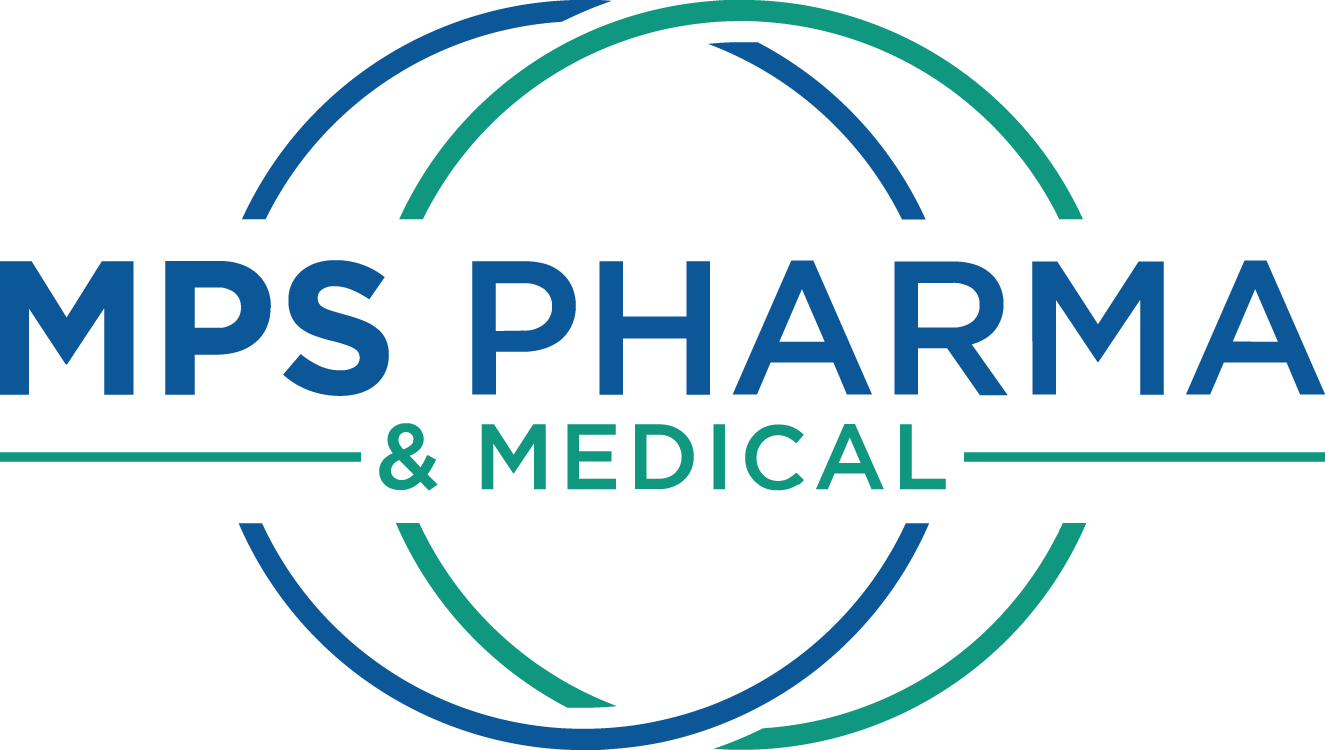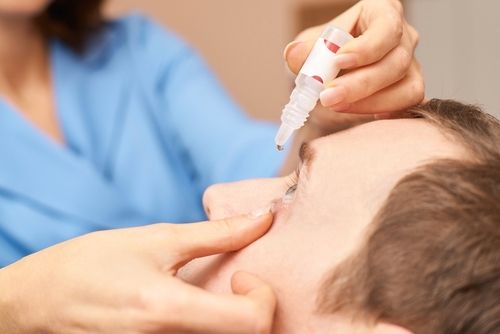Autologous Serum Tears: Uses, Benefits, Risks, and Efficacy
Dry eye syndrome (DES) is a common ocular disorder in the United States, usually found in middle aged to older adults. This chronic eye condition can occur from inadequate tear production, resulting in less moisture being distributed on the cornea of the eye. This can have a significant impact, not just on a person’s vision, but on their quality of life. Chronic dry eye syndrome is sometimes connected with other types of systemic autoimmune diseases as well, such as Sjögren’s syndrome or Graft versus Host disease (GVH).
Artificial tears are typically used to treat mild cases of dry eye; however, this type of treatment is sometimes not as effective in individuals with chronic dry eye syndrome (DES). For these patients, long-term treatment with autologous serum tears is a therapeutic alternative for those who do not respond well to conventional treatments. Studies find that this treatment is clinically effective in reducing the symptoms of chronic dry eye. [2, 3]
One such study involving 47 patients (83 eyes) measuring subjective symptoms (ocular surface disease index [OSDI] score), their degree of satisfaction and the side effects were collected using questionnaires. The conclusion of the study reported clinical efficacy was noted in most of the patients. No infectious complications were reported, and the satisfaction rate was very high. [2]
Why does the eye need tears?
Tears play an important role in eye health. Our eyes produce tears as a natural lubricant and help remove foreign particles. This functions to lower chances of an eye infection and prevent irritation. For patients with chronic dry eye syndrome (DES) autologous serum tears (AST) play an important role in providing this.
What are Autologous Serum Tears?
Autologous serum tears are produced from a patient’s own blood. A blood sample is drawn from the patient and allowed to coagulate. It is then placed into a centrifuge machine to separate the plasma from the platelets and red blood cells. The plasma is carefully extracted and then diluted, typically with a sterile saline solution, to make the compounded eye drops for the patient. The final concentration of the serum drops, depending on patient specific needs, can range from 20 percent to 100 percent. [4]
Benefits and Limitations
Autologous serum eye drops are shown to more closely mimic natural tears than over-the-counter drops. Autologous serum eye drops contain the very proteins and vitamins naturally present in the patient’s own body. This makes autologous serum tears more likely to be accepted by the patient’s eye and helps to provide an effective lubricated surface. Autologous serum tears are also usually preservative free eliminating that potential risk to patients.
Autologous serum tears, however, can be expensive for some patients as it may not be covered by insurance. A 2011 paper estimated that the treatment can cost a U.S. patient anywhere from $25 to more than $600 out of pocket for a two- to three-month supply.6 And because this is a patient specific compounded medication, it does take some time for the patient to receive their meds so careful monitoring of supply is necessary. This can be an adjustment for a patient that is accustomed to getting drops off the shelf from a retail pharmacy.
For the Drug Compounder
Because of the risk carried with handling blood, certain safety measures are taken to ensure there is no cross contamination during processing. Typically, most sterile compounding pharmacies that prepare autologous serum tears perform this on a specific day of the week to further reduce this risk. During this time, it is not uncommon to refrain from preparing other types of sterile compounding at the same time. Cross contamination during the compounding process is further prevented by verifying all blood vials for the correct patient name, plus; pre and post cleanup of the biological safety cabinet and other work areas with adequate cleaners for that type of biological material and allowing the specified dwell time. While this may seem like overkill to anyone not familiar with sterile compounding practices, it is necessary to take these types of steps to ensure patient safety.
Autologous serum tears can be an effective treatment for patients with chronic dry eye syndrome. Learn more about this compounded patient specific eye treatment.
References:
- https://www.aoa.org/patients-and-public/eye-and-vision-problems/glossary-of-eye-and-vision-conditions/dry-eye
- https://www.ncbi.nlm.nih.gov/pubmed/29602451
- https://www.ncbi.nlm.nih.gov/pubmed/29470971
- https://www.reviewofophthalmology.com/article/thicker-than-water-autologous-serum
- https://www.ncbi.nlm.nih.gov/pmc/articles/PMC5510593/
- https://iovs.arvojournals.org/article.aspx?articleid=2717222
- https://www.ncbi.nlm.nih.gov/pubmed/21371142

 0
0
